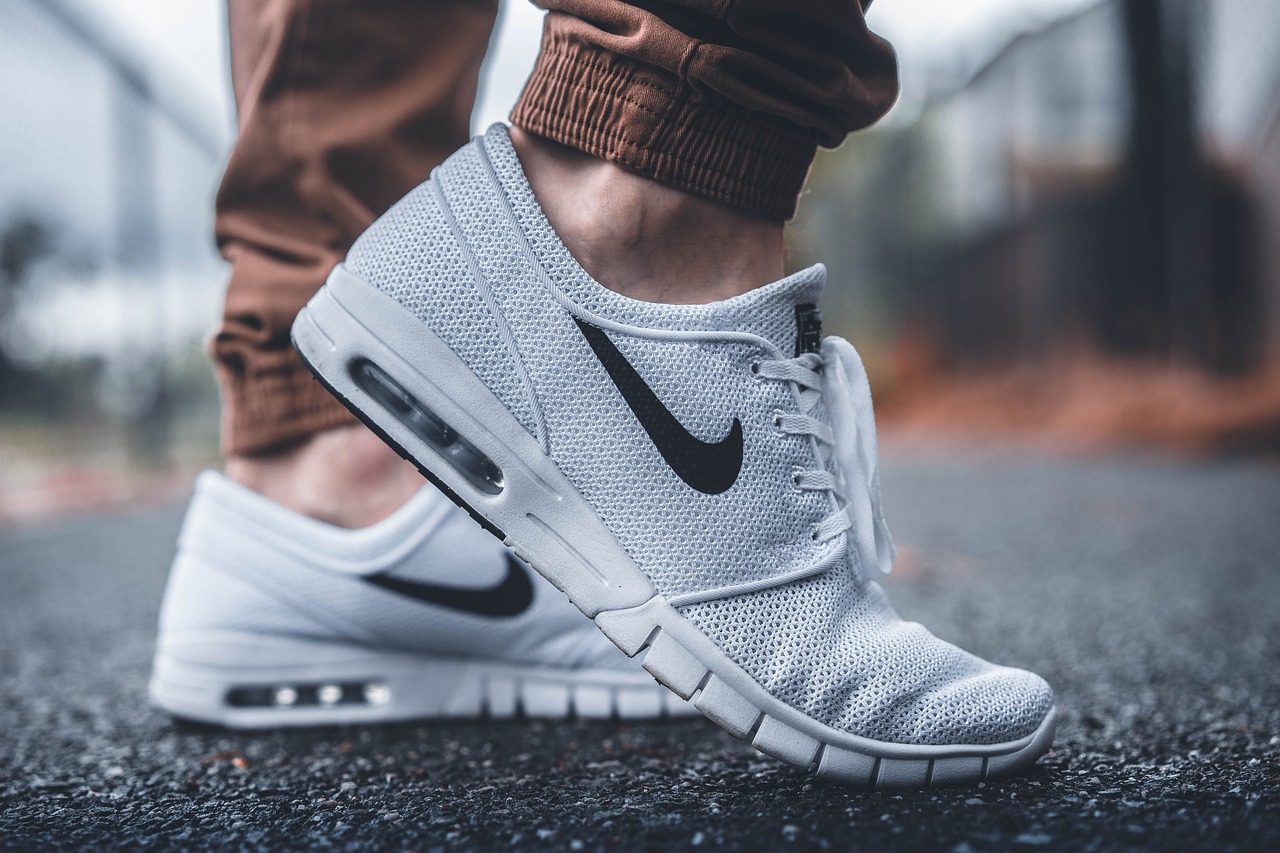Fashion and Technology: Smart Textiles and Functional Apparel
Smart textiles are revolutionizing the fashion industry by merging technology with fabric to create innovative and functional clothing. These cutting-edge materials can do much more than just covering our bodies; they can adapt to environmental changes, monitor vital signs, and even charge electronic devices wirelessly. With the constant advancements in technology, the possibilities for smart textiles in fashion seem limitless.
Imagine a world where your clothing can change color with a tap on your phone, or where your sports gear can track your performance and provide real-time feedback. Smart textiles have the potential to transform the way we interact with our clothing, making it more personalized, interactive, and sustainable. As designers and engineers continue to push the boundaries of what is possible, smart textiles are set to become an integral part of the future of fashion.
What are Smart Textiles and How Do They Work?
Smart textiles, also known as e-textiles or smart fabrics, refer to materials that incorporate technology to provide enhanced functionalities beyond the traditional capabilities of regular fabrics. These textiles are embedded with components like sensors, actuators, and conductive yarns, enabling them to interact with the wearer or the environment. By seamlessly integrating technology into clothing, smart textiles open up a realm of possibilities for innovative applications in various industries, particularly in fashion and healthcare.
The functioning of smart textiles revolves around the interaction between the embedded electronic components and the external stimuli they encounter. Sensors within the fabric can detect changes in temperature, pressure, or other environmental factors, triggering responses such as adjusting the fabric’s properties or transmitting data to external devices. Through this interconnected network of sensors and actuators, smart textiles can adapt to the wearer’s needs, offering benefits like improved comfort, performance, and even safety features.
Smart textiles, also known as e-textiles or smart fabrics, refer to materials that incorporate technology to provide enhanced functionalities beyond the traditional capabilities of regular fabrics.
These textiles are embedded with components like sensors, actuators, and conductive yarns, enabling them to interact with the wearer or the environment.
By seamlessly integrating technology into clothing, smart textiles open up a realm of possibilities for innovative applications in various industries, particularly in fashion and healthcare.
The functioning of smart textiles revolves around the interaction between the embedded electronic components and the external stimuli they encounter.
Sensors within the fabric can detect changes in temperature, pressure, or other environmental factors
Triggering responses such as adjusting the fabric’s properties or transmitting data to external devices
Through this interconnected network of sensors and actuators,
Smart textiles can adapt to the wearer’s needs
Offering benefits like improved comfort, performance
And even safety features.
Applications of Smart Textiles in Fashion Industry
Smart textiles have revolutionized the fashion industry by incorporating technology into clothing, allowing for innovative designs and functionalities. From garments that change color based on temperature to fabrics that monitor the wearer’s health, smart textiles are pushing the boundaries of traditional fashion.
In addition to their aesthetic appeal, smart textiles are also being used to enhance the functionality and performance of clothing. For example, sportswear brands are integrating smart textiles to create garments that can track an athlete’s movements and provide real-time feedback on performance. This intersection of fashion and technology is paving the way for a new era of interactive and dynamic clothing options.
What are some examples of smart textiles in the fashion industry?
Some examples of smart textiles in the fashion industry include fabric that changes color based on temperature, clothing with built-in technology to monitor health metrics, and garments with embedded LEDs for lighting effects.
How do smart textiles work?
Smart textiles work by incorporating technology such as sensors, LEDs, and conductive threads into the fabric. These components can respond to stimuli such as touch, temperature, or movement to provide various functions.
Are smart textiles only used for clothing in the fashion industry?
No, smart textiles are also used in accessories such as bags, hats, and shoes in the fashion industry. They can provide functionality such as charging devices, tracking location, or displaying information.
What are the benefits of using smart textiles in fashion?
Some benefits of using smart textiles in fashion include enhanced functionality, customization options, and sustainability. They can also provide a unique and innovative look to garments and accessories.
Are smart textiles expensive to produce?
The cost of producing smart textiles can vary depending on the complexity of the technology used. While some smart textiles may be more expensive than traditional fabrics, advancements in manufacturing processes are making them more accessible to consumers.





